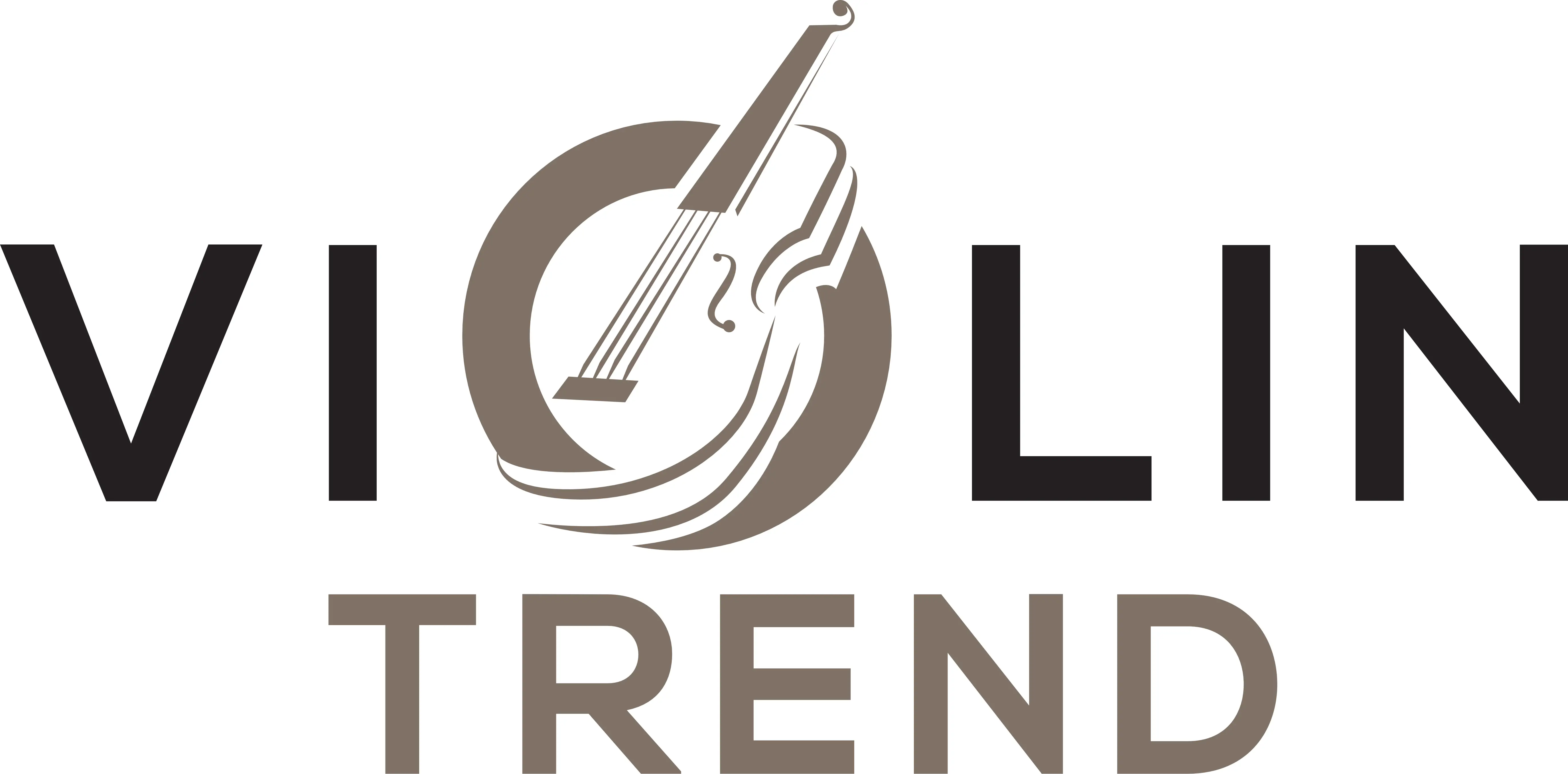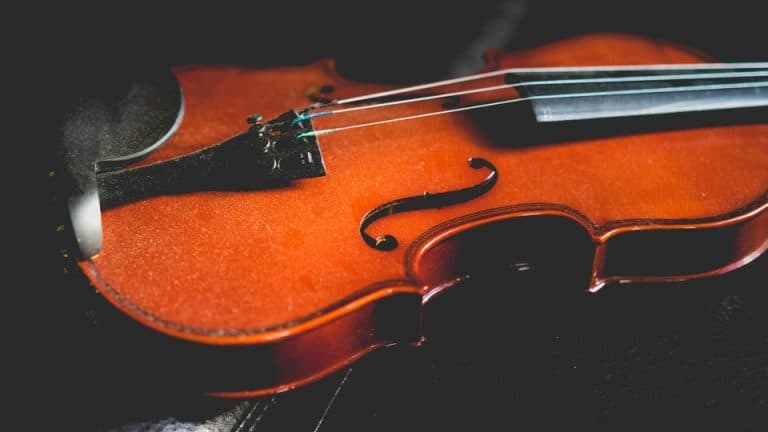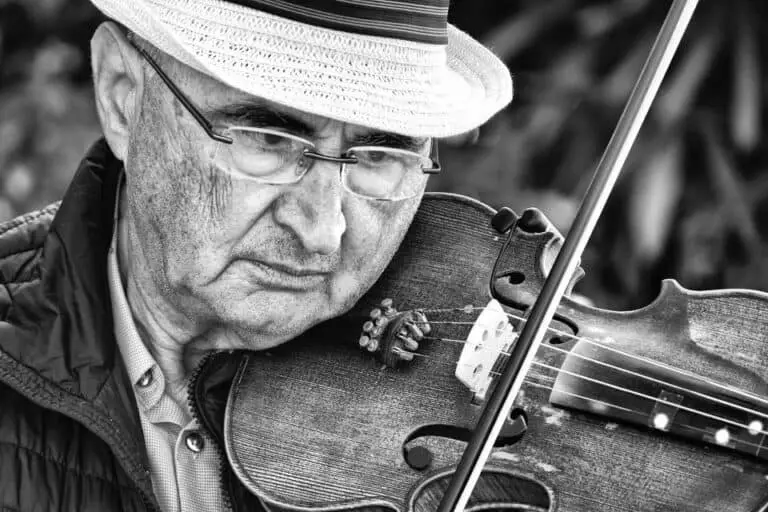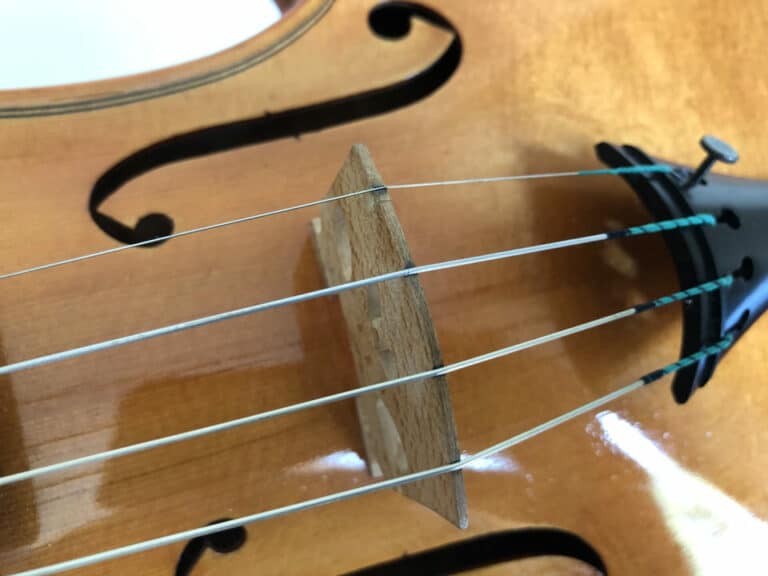6 Reasons why the Violin is the Hardest Instrument in the World
The violin is known to be hard. A beginner sounds like a screaming cat! Some people are afraid even to start this instrument… So is it true that the violin is the most difficult instrument?
If you factor in that:
- The violin has no frets to play in tune,
- It needs a perfect bow position and speed to make a tone,
- It has to be held in an awkward position,
- And all that needs to be executed with ease and relaxation,
you will judge for yourself if another instrument requires such efforts just to start!
1. Violins have no frets
A piano gives you a whole range of keys with the same shape and dimension. A guitar has many frets. You only have to place your fingers between two of them. And they are pretty far apart.
On the contrary, the violin’s fingerboard is small, black, and clueless.
- You don’t have any frets as visual guidance,
- You don’t have any frets to help you play in tune,
- You barely have enough room to place your fingers,
- If you play in the high register, you don’t even have enough room to place your fingers.
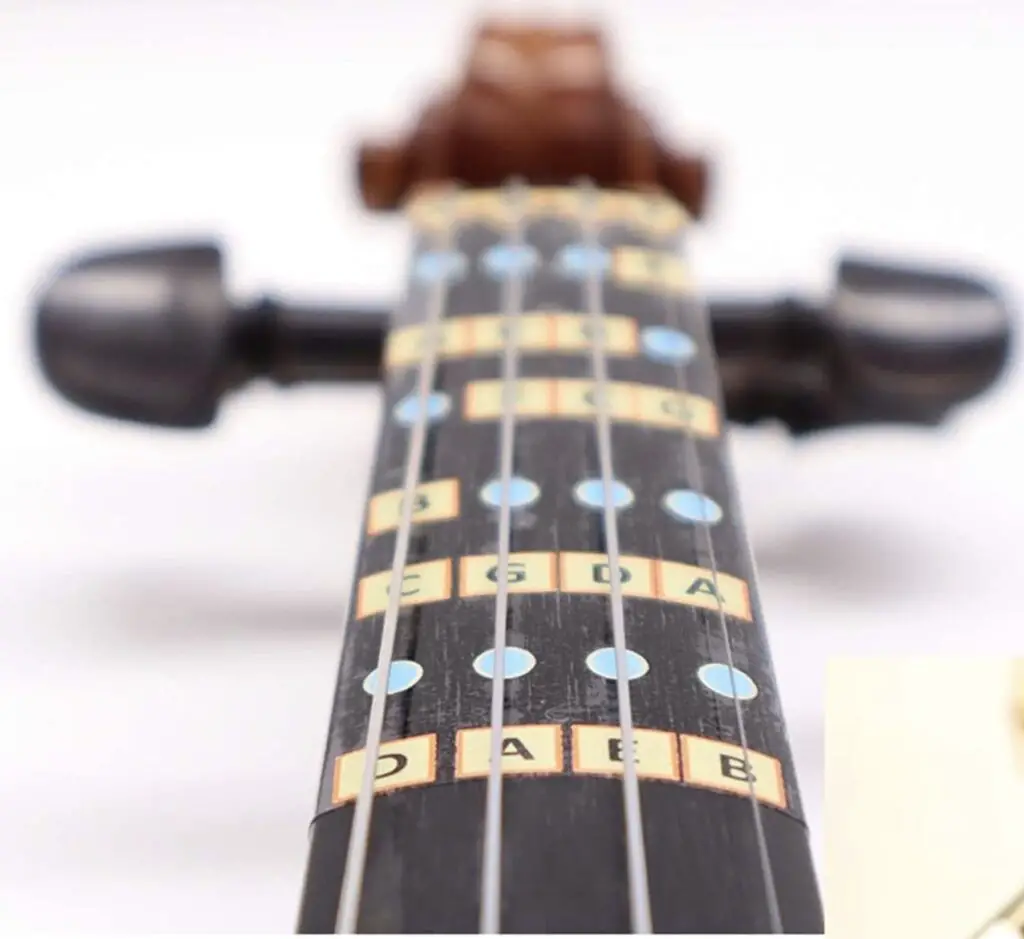
The absence of frets (or keys) has two main consequences:
- A beginner won’t know where to place his or her fingers. There is no visual help. You can place a special sticker for a start. But the angle at which you see the fingerboard will make looking at it cumbersome. The configuration of the fingerboard only allows playing by ear, without looking at all. That leads to the second consequence:
- Without frets, a violinist doesn’t get any help playing in tune. Intonation is something to master early enough if you want to play well. The only way to play in tune is to repeat scales repeatedly while checking your intonation. The shape of the scales must be in your hands. Micro-adjustments of the left hand must become a reflex to correct intonation as soon as the note is created.
Like the guitar, the fingerboard shrinks when you reach the upper positions. But with comparatively less space for your fingers. On the 7th position, the way you press on the string will squeeze the flesh of your fingertip: that is enough to change the pitch! You even have to remove a finger to give room for another!
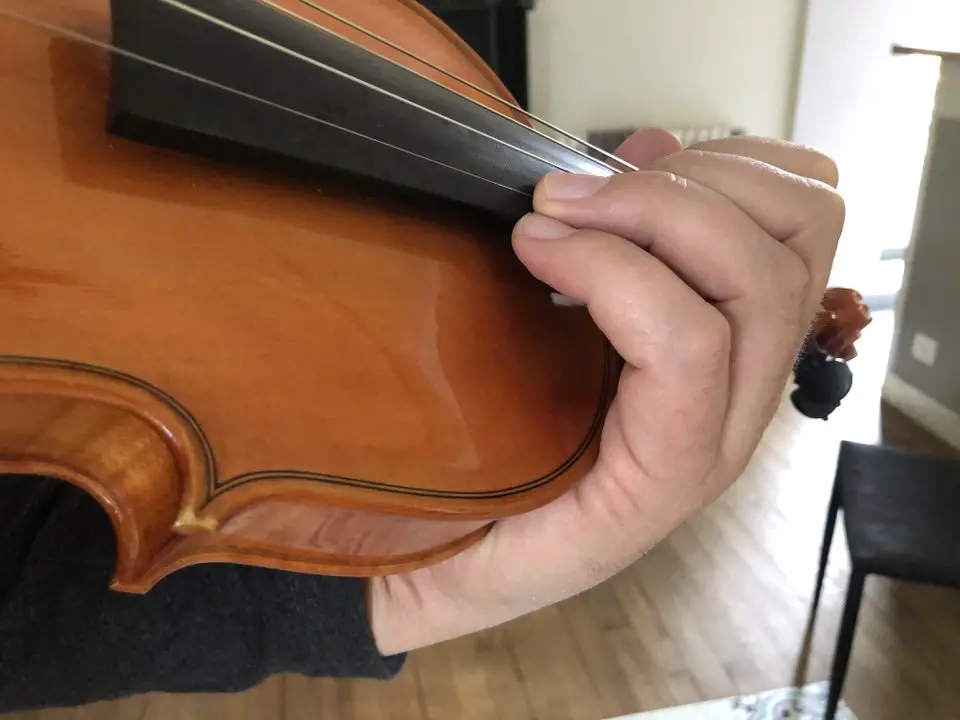
2. Bowing is a problematic way of making a sound
There is no way to produce a simple sound with your violin. Again, you only have to push a key to make a decent sound with a piano. The guitar will only require you to pluck a string with your finger (or a pick). In every case, the result is easy to accomplish for a beginner. Of course, we’re not talking of international soloists here.
The only way to make a sound on your violin is with the bow. But from start to finish, the sound is dependent on your gesture. This is where it gets tricky:
- You need to start the sound with a gesture confident enough to prevent the sound from being scratchy,
- You must follow up with a regular motion to get a steady sound. If you put too much pressure at any point, the sound will squeak,
- If you want to play louder, you will need to increase the speed of the bow, not only apply more pressure,
- If you want to play softer, you must decrease the bow’s speed and release pressure.
To make a sound, you have to take into account three parameters:
- bow speed,
- bow pressure,
- point of contact of the bow on the strings.
Those parameters can be wrong at all times. It can be quite a long time before a beginner produces a decent sound. And quite sometime after that before he or she makes a great sound.
You can read in detail my article on how to produce a great sound on the violin here.
3. Hands synchronization in violin playing
If you’re a beginner, now you know what to master. But you can’t just get better at one topic before the other. You need to adjust one hand to the other at the same time. You have to master every skill at once.
Every slight variation in:
- bow hold,
- bow pressure,
- bow speed,
will change the sound and make it squeaky.
Every tiny change in:
- left-hand hold,
- left-hand finger position,
- left-hand finger pressure,
will make your note out of tune.
And now, you need to start making music with that!
4. It’s hard to play chords and comp for a violinist
When you start an instrument, it is good to play on your own. But it is better to play with someone else as soon as possible. It is a motivating experience, and it helps you make progress faster.
A pianist can just make chords; a guitarist starts to learn how to comp. But a violinist?
Playing chords (or even comp) are the base for almost all instruments but are out of reach for any beginning violinist. Playing chords imply several techniques that require two to three years to be decent. You need to play two strings at once or even three. You must stop two strings simultaneously for the left hand and coordinate both movements in a powerful, arpeggiated way. All that while your friend plays the solo part!
So playing with a small band is challenging for a beginner violinist. Playing the lead part is mostly the only way to go, and then stop and listen.
5. Awkward body position for violin playing
A pianist sits in front of his instrument. A guitarist embraces his or her instrument. The list goes on.
On the violinist’s part, the violin is held on the left shoulder, under the chin, and on the collarbone.
The left hand is held upwards, in a tiring position.
The right hand, up in front of the body, has to make parallel unnatural movements.
This difficult unnatural position can lead to pain, stress, and tension. It is not uncommon for violinists to experience skeletal and muscular problems. This is something to get used to; there is a lot of work in learning to relax and alleviate tension in violin playing. For amateur players, a good overall position is an advantage. But for a professional, it is a necessary and life-long quest.
6. A violin is difficult to tune
It is not only a matter of ear training. The traditional way of tuning the violin implies:
- playing to strings simultaneously,
- holding the violin with your chin and collarbone only,
- turning the peg while playing,
- listening and adjusting for a perfect fifth
That could be easier! We won’t compare it with a piano…
There are several new ways around all those challenges.
The micro-tuners help adjust the tension of the strings without having to deal with hard pegs.
Electronic tuners help adjust to the correct pitch without playing two strings at the same time.
You can place the violin’s scroll on a piece of furniture to get some hold while tuning your instrument.
That workaround help to tune your violin. But you understand why the teacher usually tunes the violin for his or her student.
